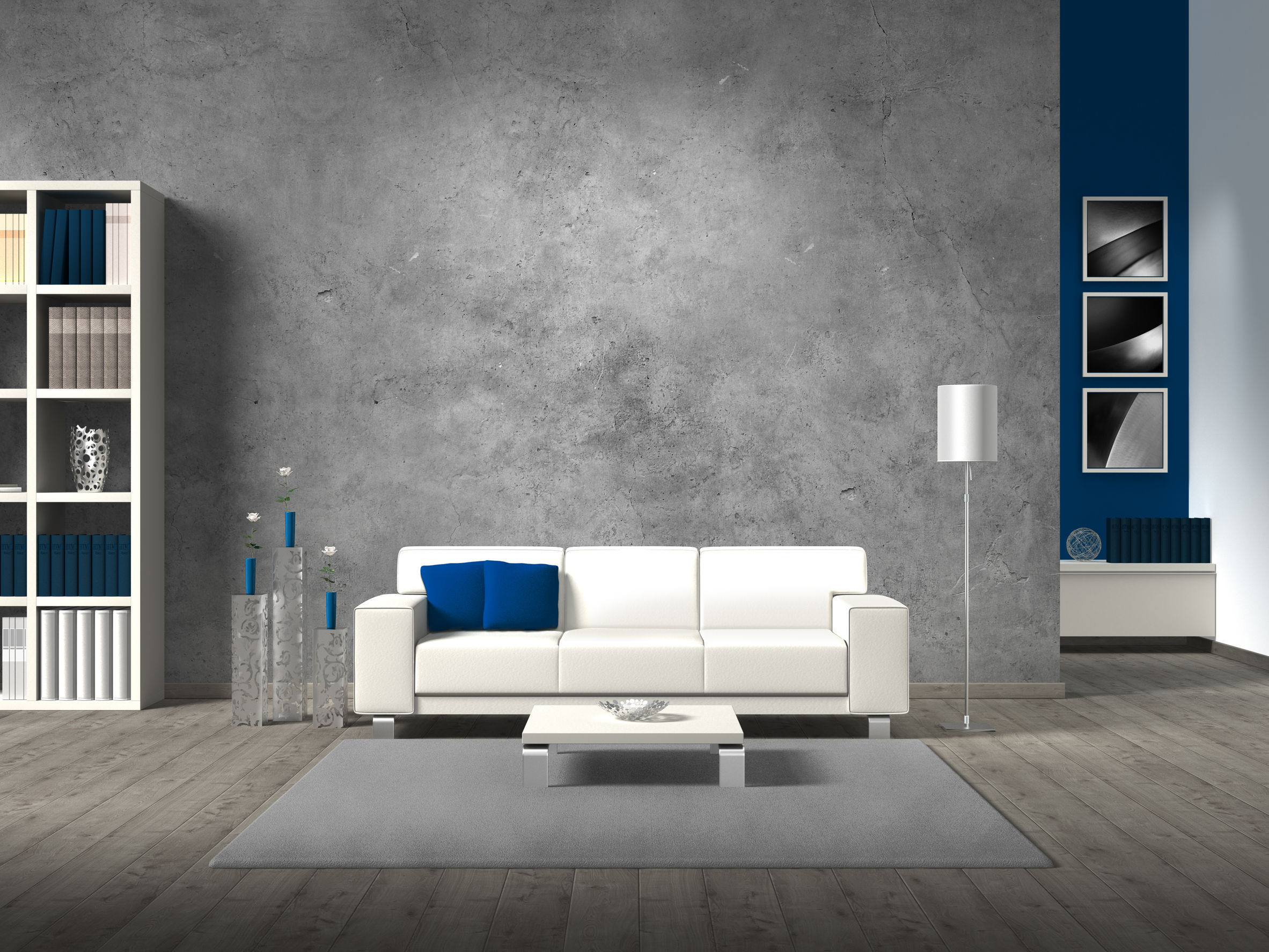Rooftop decks are increasingly popular for urban and suburban homeowners, offering an outdoor retreat with stunning views. However, designing and building a rooftop deck involves more than aesthetic choices; safety is paramount. Whether you’re planning a new rooftop deck or upgrading an existing one, understanding building codes, materials, and safety considerations is essential for creating a secure space. In this guide, we’ll explore critical safety aspects, including local building codes, structural integrity, fire safety, and other considerations to ensure your rooftop deck is both beautiful and safe.
1. Local Building Codes: The Foundation of Rooftop Deck Safety
Before embarking on any rooftop deck project, familiarize yourself with local building codes and regulations. These codes vary depending on your location and dictate how your deck should be constructed to ensure safety.
Common Code Requirements:
- Load-bearing capacity: Building codes will specify how much weight your deck must support, including people, furniture, and any additional features like planters or hot tubs.
- Guardrails and handrails: Most codes require that rooftop decks with a certain height above ground must have guardrails, typically a minimum of 36-42 inches in height, to prevent falls.
- Permits: In many areas, a building permit is required to construct or modify a rooftop deck. Permits ensure that your plans meet safety standards and are structurally sound.
Check with local authorities or consult a professional to ensure your deck complies with all applicable regulations.
2. Structural Integrity: Ensuring a Safe Foundation
The structural integrity of your rooftop deck is one of the most critical factors in its safety. Since rooftop decks are built on top of an existing structure, it’s essential to ensure that the underlying building can handle the additional weight.
Key Considerations for Structural Safety:
- Weight distribution: A rooftop deck adds significant weight to the building, so it’s crucial to work with an engineer to assess the load-bearing capacity of your roof. This includes not only the weight of the deck materials but also the people and furniture that will occupy the space.
- Materials: Choosing durable, weather-resistant materials like composite decking, stone, or treated wood can enhance the structural longevity of your deck. Lightweight materials may be beneficial if weight is a concern.
- Reinforcement: In some cases, reinforcing the roof structure with additional beams or support columns may be necessary to safely accommodate the deck.
Proper structural planning ensures your rooftop deck remains stable and secure for years to come.
3. Guardrails and Fall Protection: Preventing Accidents
Guardrails are a vital component of rooftop deck safety, especially for elevated decks. They act as a barrier, preventing accidents and falls.
Guardrail Requirements:
- Height: As mentioned earlier, building codes usually require guardrails to be at least 36-42 inches tall, depending on the local regulations. This height is designed to prevent people from accidentally falling off the deck.
- Spacing: The spacing between guardrail balusters or spindles is typically restricted to a maximum of 4 inches to prevent children from slipping through.
- Materials: Guardrails must be sturdy and made from weather-resistant materials. Options include metal, glass, and treated wood. Tempered glass railings are a popular choice for maintaining unobstructed views while ensuring safety.
Regularly inspect guardrails to ensure they remain secure and free of wear.
4. Fire Safety: Preventing Hazards on Rooftop Decks
Fire safety is often overlooked in rooftop deck planning, but it’s essential for the safety of your home and deck. Since many rooftop decks feature outdoor kitchens, fire pits, or grills, it’s important to follow fire safety codes and recommendations.
Fire Safety Tips:
- Distance from structures: Fire pits, grills, and other open flames should be placed a safe distance from the home’s exterior walls, furniture, and overhanging structures.
- Fire-rated materials: Incorporate fire-resistant decking materials, such as stone, concrete, or specially treated wood. Additionally, some roofing materials are more fire-resistant than others; it’s important to consider the roof’s fire rating when planning your deck.
- Fire extinguishers: Keep a fire extinguisher or hose nearby, particularly if you plan to have open flames on your rooftop deck.
Some municipalities have additional fire safety codes for rooftop decks, so always check local guidelines when incorporating fire features into your design.
5. Weather Resistance: Protecting Your Rooftop Deck
Rooftop decks are exposed to the elements, so weather resistance is another critical safety consideration. Decks that aren’t adequately protected can become slippery, unstable, or even collapse over time.
Weatherproofing Tips:
- Waterproofing membranes: Install a waterproof membrane under your deck surface to prevent water from seeping through and damaging the underlying roof or structure. This also protects the deck from rotting or mold growth.
- Slip-resistant surfaces: Choose decking materials with a textured, slip-resistant surface, especially in regions prone to rain or snow.
- Regular maintenance: Perform routine maintenance on your rooftop deck, including sealing or staining wooden surfaces, cleaning drainage systems, and checking for signs of wear or damage.
Maintaining your deck’s weather resistance will extend its life and keep it safe for use.
6. Lighting: Enhancing Safety After Dark
Proper lighting is crucial for ensuring rooftop deck safety, particularly at night. Illuminating walkways, stairs, and seating areas can prevent trips and falls.
Lighting Considerations:
- Pathway lights: Install lights along pathways, stairs, and edges to clearly define areas and prevent accidents.
- Motion sensors: Consider adding motion-sensor lighting for areas that are less frequently used. These lights can automatically turn on when someone enters the space, providing added security and convenience.
- Weatherproof fixtures: Use outdoor-rated, weatherproof lighting fixtures to ensure durability and safety in all conditions.
Good lighting not only enhances safety but also creates a welcoming atmosphere on your rooftop deck.
7. Electrical Safety: Outdoor Power Considerations
If you plan to include electrical components on your rooftop deck, such as lighting, speakers, or an outdoor kitchen, it’s important to follow electrical safety guidelines.
Electrical Safety Tips:
- Ground Fault Circuit Interrupters (GFCIs): Outdoor outlets should be equipped with GFCI protection to prevent electrical shocks, especially in wet conditions.
- Weatherproof outlets: Use weatherproof, covered outlets designed for outdoor use to protect against moisture and debris.
- Professional installation: Hire a licensed electrician to install any electrical systems on your rooftop deck. They will ensure that all wiring is up to code and safely installed.
Keeping electrical systems safe and secure will prevent accidents and ensure reliable functionality.
8. Privacy and Wind Barriers: Enhancing Comfort and Security
Finally, consider adding privacy screens or wind barriers to your rooftop deck. These features not only enhance comfort but also contribute to safety by reducing the risk of strong winds knocking over furniture or accessories.
Wind Barrier Options:
- Glass panels: Tempered glass panels can act as windbreakers while maintaining an open, airy feel.
- Trellises or lattices: Adding a trellis with climbing plants can provide both privacy and a natural wind barrier.
- Retractable screens: For adjustable protection, consider installing retractable wind screens that can be raised or lowered as needed.
Building a Safe Rooftop Deck
Creating a rooftop deck is a rewarding project, but safety must remain a top priority. By following local building codes, ensuring structural integrity, incorporating fire safety measures, and adding features like proper lighting and wind barriers, you can enjoy your rooftop retreat with peace of mind. Regular maintenance and inspections are key to keeping the space secure and functional for years to come.
Rainier Stones offers an innovative line of rooftop decks across the USA, known for their durability and stylish design. The Rainier Collection provides waterproof decking solutions that can be installed over wood structures, concrete, or directly on the ground, making them ideal for rooftop settings. These decks are available in various colors and textures, such as Slate Black, Travertine, Canyon Brown, and more, giving customers a range of aesthetic choices.
Rainier Stones prides itself on its high-quality Tanzanite StoneDecks, which combine the durability of stone with easy installation over standard wood frames. These rooftop decks are designed to withstand various weather conditions, offering long-lasting performance and a sleek appearance that elevates outdoor living spaces. With waterproofing membranes and customizable options, Rainier Stones provides an excellent solution for customers looking to create elegant and functional rooftop decks in any environment



